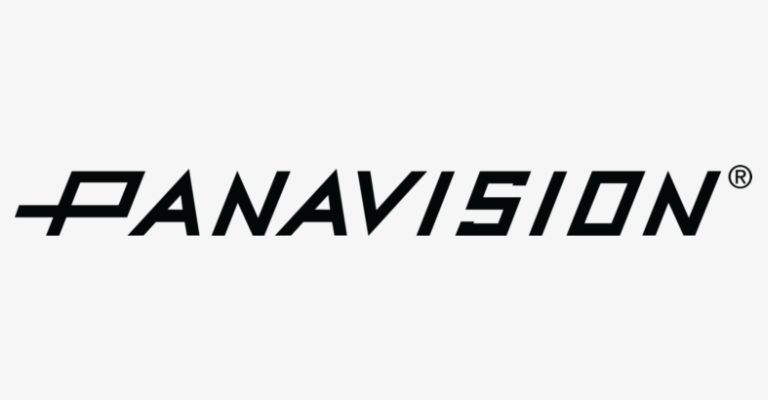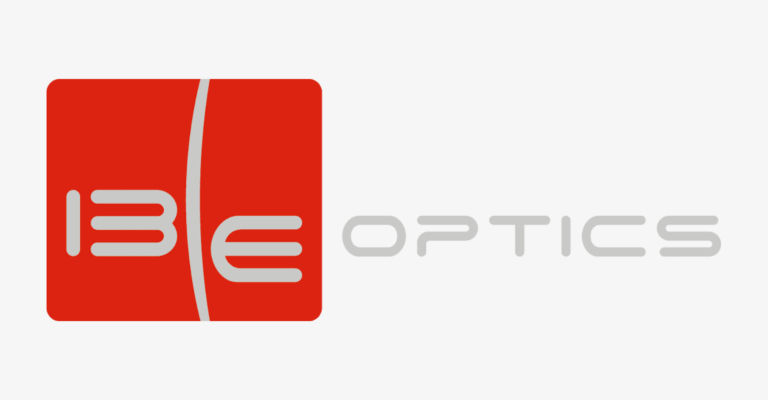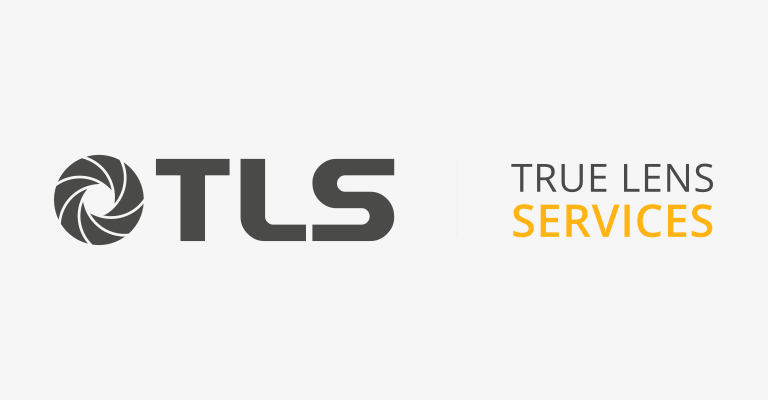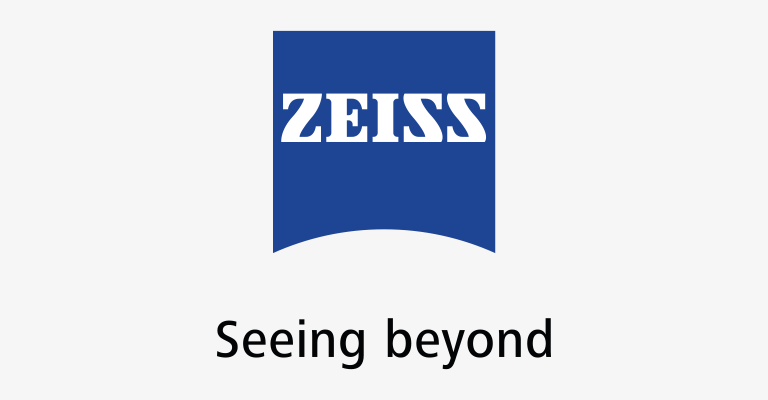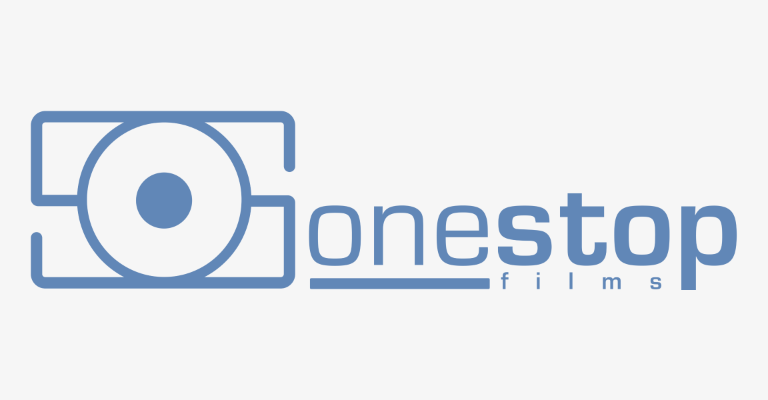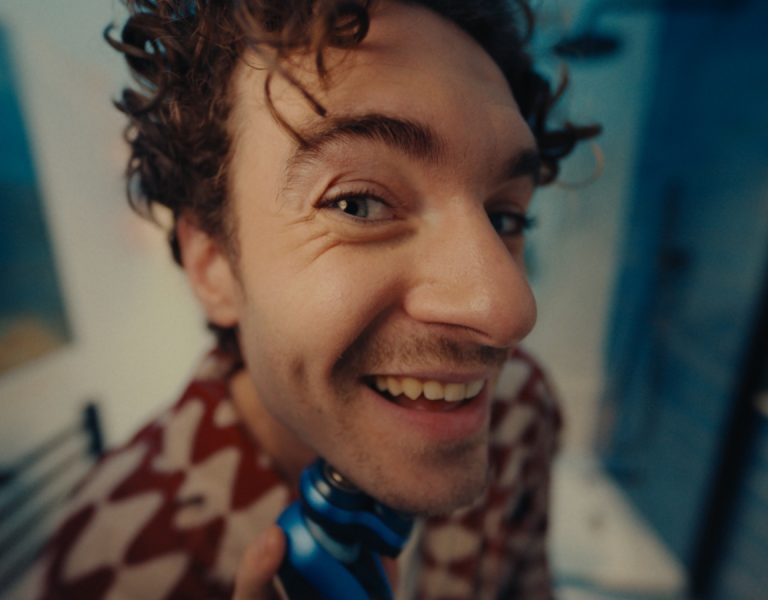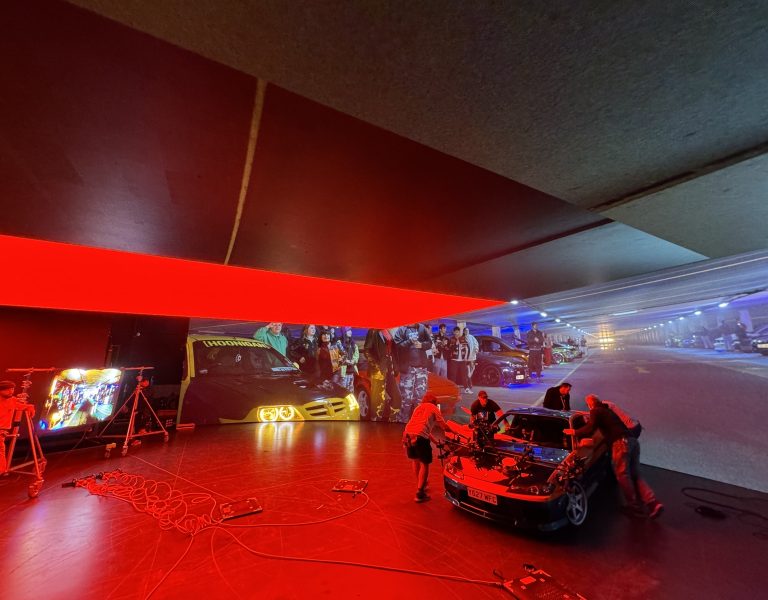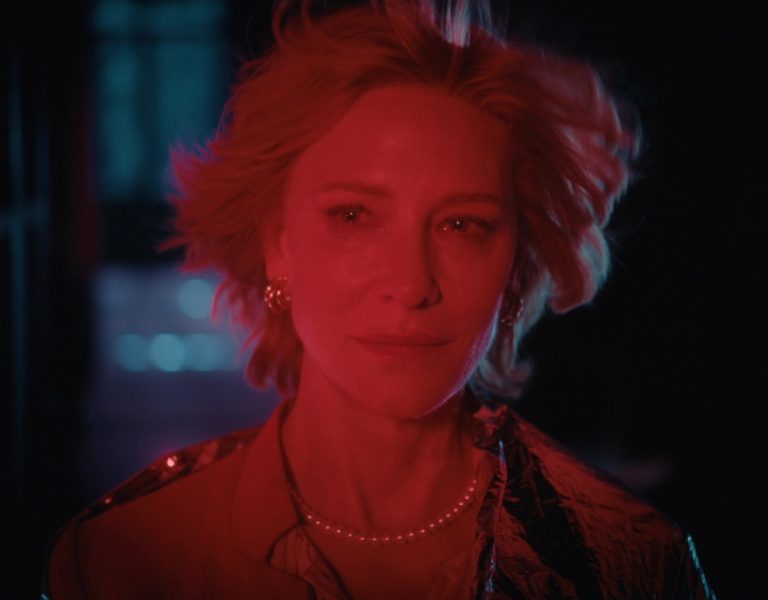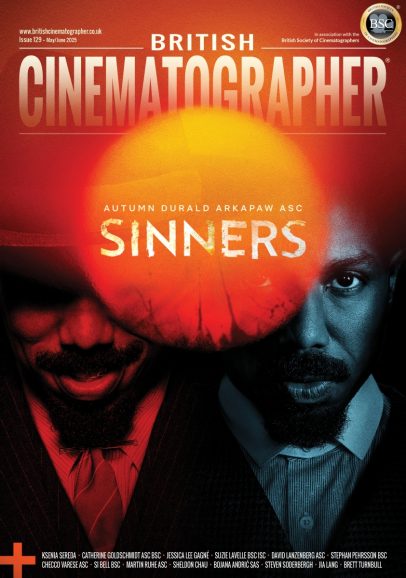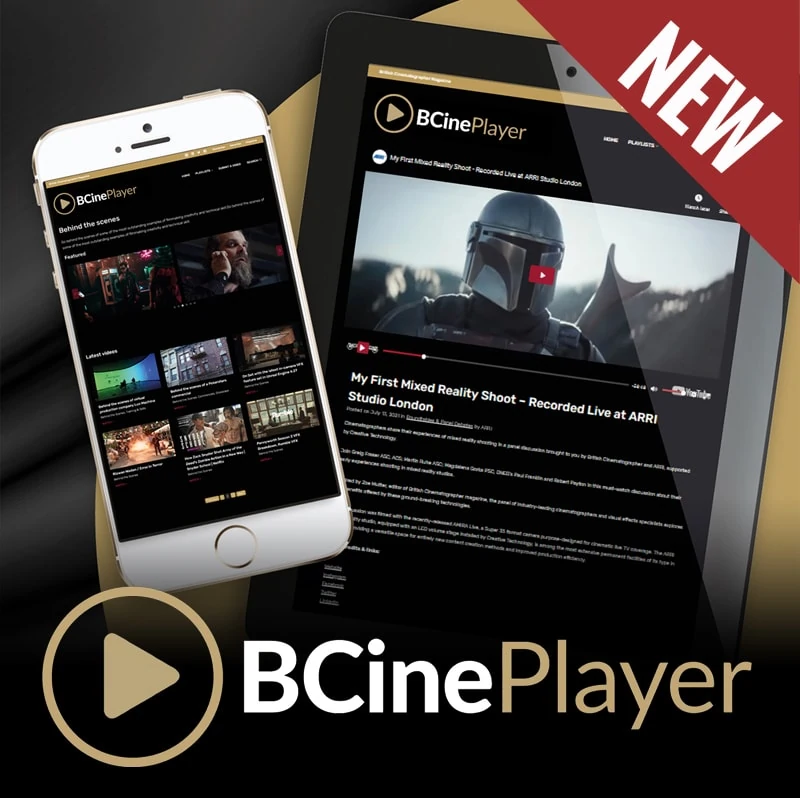POWER OF SIMPLICITY
Production name: The Creator
Production type: Feature film
Cinematographer: Oren Soffer, Greig Fraser ASC ACS
Director: Gareth Edwards
Overview of production and the visual approach you adopted: This film adopted a unique production approach for a film of its scale, embracing a minimalistic almost guerrilla/documentary filmmaking style with the camera rigged on a gimbal and operated by our director. This required finding a lensing approach that would best lend itself to this filmmaking style, which led us to making a few bold but specific choices in selecting our lenses for the film.
Lens(es) used: Kowa Cine Prominar 2x Anamorphic 75mm, Prototype Atlas Mercury 42mm, IronGlass Soviet Spherical Stills Lenses.
Lenses supplied by: Keslow Camera, Personal Lenses
Camera used: Sony FX3
Look you needed to achieve: The film is a classical science-fiction epic with a look evoking all of our favourite sci-fi films of the ‘70s and ‘80s.
Why your chosen lens was the most appropriate: The demands of the project and its unique production approach required a lens that gave us the nostalgic 1970s sci-fi look we were looking to evoke while balancing the need for a small, lightweight lens to support the small, nimble camera package operated by our director – the Sony FX3 and Ronin gimbal – which led us to the P+S Technik rehoused Kowa Prominar, which struck the perfect balance between our creative and logistic needs for our lens package.
Explanation of lensing techniques used: In order to give Gareth the freedom to shoot long, uninterrupted extended takes in the documentary style he sought to imbue the film with, the first big choice that was made was to shoot almost the entire film on one single focal length – the 75mm was determined to be the sweet spot, not too wide and not too telephoto. About 95% of the film was shot on that one focal length, and we carried three versions of that same lens and focal length in order to cover multiple different camera bodies that were set up in different configurations to be able to quickly switch between them as we shot.
Filters used (if applicable): Urth variable ND
Challenges faced and how they were overcome: Shooting an entire film on one focal length can be very advantageous – it removes the need to take time to swap lenses and rebalance gimbals or other camera platforms and allows you to just keep filming uninterrupted, and also lends a film a very cohesive and consistent visual look and style. However, in some instances, you just don’t have the space to back up far enough to get the compositions that you want. So in order to cover a wider field of view for tight spaces, we also carried an (at the time) prototype 42mm Atlas Mercury 1.5x anamorphic lens, as well as a handful of IronGlass Soviet spherical stills lenses with anamorphic iris inserts to cover a few additional focal lengths not covered by the 75mm that we used on a small handful of specialty shots throughout the film.
Lens lessons this production taught you: This production really taught me two very important lessons: First, the power of simplicity and removing complexities from the filmmaking process in order to streamline the workflow and maximise the time to be creative on set (for example, shooting on one focal length). And second, the confidence to embrace bold and unorthodox filmmaking approaches and technical decisions, and showing that there are many more ways to think about how to approach filmmaking beyond the conventional (and sometimes inefficient) ways that we are all most familiar with, and learning to question convention and embrace unorthodoxy can open up a whole world of exciting new creative approaches. The sky really is the limit.

